Landfill gas and biogas
Production of biogas from biomass, including anaerobic digestion and thermochemical conversion, collection of biogas from landfills and animal waste.

Biogas from biomass
Biogas is an energy-rich gas produced by anaerobic decomposition or thermochemical conversion of biomass. Biogas is composed mostly of methane (CH4), the same compound in natural gas, and carbon dioxide (CO2). The methane content of raw (untreated) biogas may vary from 40%–60%, with CO2 making up most of the remainder along with small amounts of water vapor and other gases. Biogas can be burned directly as a fuel or treated to remove the CO2 and other gases for use just like natural gas. Treated biogas may be called renewable natural gas or biomethane.
Anaerobic decomposition of biomass occurs when anaerobic bacteria—bacteria that live without the presence of free oxygen—eat and break down, or digest, biomass and produce biogas. Anaerobic bacteria occur naturally in soils, in water bodies such as swamps and lakes, and in the digestive tracts of humans and animals. Biogas forms in and can be collected from municipal solid waste landfills and livestock manure holding ponds. Biogas can also be produced under controlled conditions in special tanks called anaerobic digesters. The material remaining after anaerobic digestion is complete is called digestate, which is rich in nutrients and can be used as a fertilizer.
Thermochemical conversion of biomass to biogas can be achieved through gasification. The U.S. Department of Energy supports research on biomass gasification for hydrogen production.
Biogas may qualify as a renewable fuel for electricity generation in state renewable portfolio standards. It also qualifies under the U.S. Renewable Fuel Standard Program as an advanced or cellulosic biofuel and under California’s Low Carbon Fuel Standard as a feedstock for low carbon fuels. Nearly all of the biogas now consumed in the United States is produced from anaerobic decomposition and used for electricity generation.
Collecting and using biogas from landfills
Landfills for municipal solid waste are a source of biogas. Biogas is produced naturally by anaerobic bacteria in municipal solid waste landfills and is called landfill gas. Landfill gas with a high methane content can be dangerous to people and the environment because methane is flammable. Methane is also a strong greenhouse gas. Biogas contains small amounts of hydrogen sulfide, a noxious and potentially toxic compound when in high concentrations.
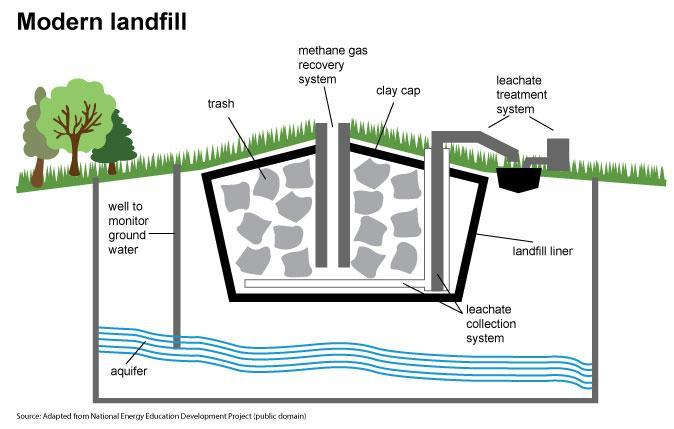
Illustration: Source: Adapted from National Energy Education Project (public domain)
In the United States, regulations under the Clean Air Act require municipal solid waste landfills of a certain size to install and operate a landfill gas collection and control system. Some landfills reduce landfill gas emissions by capturing and burning—or flaring—the landfill gas. Burning the methane in landfill gas produces CO2, but CO2 is not as strong a greenhouse gas as methane. Many landfills collect and treat landfill gas to remove CO2, water vapor, and hydrogen sulfide and use it to generate electricity or sell as it as a substitute for natural gas.
The U.S. Energy Information Administration (EIA) estimates that in 2021 about 232 billion cubic feet (Bcf) of landfill gas was collected at 311 U.S. landfills and burned to generate about 9.4 billion kilowatthours (kWh) of electricity. This was equal to about 0.2% of total U.S. utility-scale electricity generation in 2021.
Biogas from sewage and industrial wastewater treatment
Many municipal sewage treatment plants and manufacturers such as paper mills and food processors use anaerobic digesters as part of their waste treatment processes. Some sewage treatment and industrial facilities collect and use the biogas produced in anaerobic digesters to heat the digesters, which enhances the anaerobic digestion process and destroys pathogens, and some use it to generate electricity to use at the facility or to sell. EIA estimates that in 2021, 57 of these types of waste treatment facilities in the United States produced a total of nearly 1 billion (895 million) kWh of electricity.
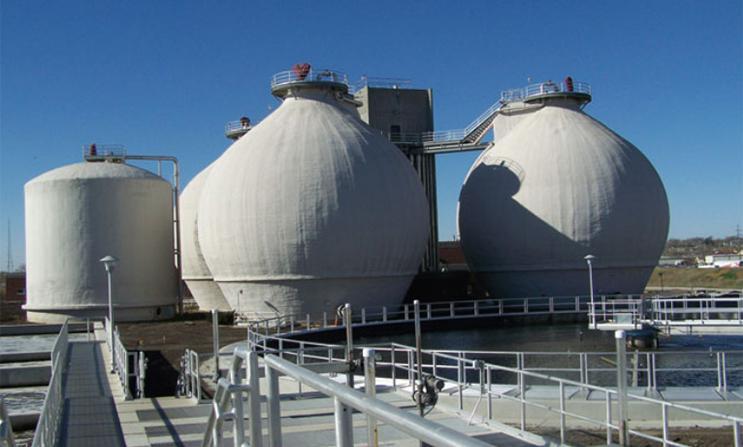
Illustration: Anaerobic digesters at the Lincoln, Nebraska wastewater-treatment facility. Source: Lincoln, Nebraska government (copyrighted)
Using biogas from animal waste
Some dairy farms and livestock operations use anaerobic digesters to produce biogas from manure and used bedding material from their barns. Some livestock farmers cover their manure holding ponds (also called manure lagoons) to capture biogas that forms in the lagoons. The methane in the biogas can be burned to heat water and buildings and as fuel in diesel-engine generators to generate electricity for the farm. EIA estimates that in 2021, 19 large dairies and livestock operations in the United States produced a total of about 0.2 billion (183 million) kWh of electricity from biogas.
Source: https://www.eia.gov
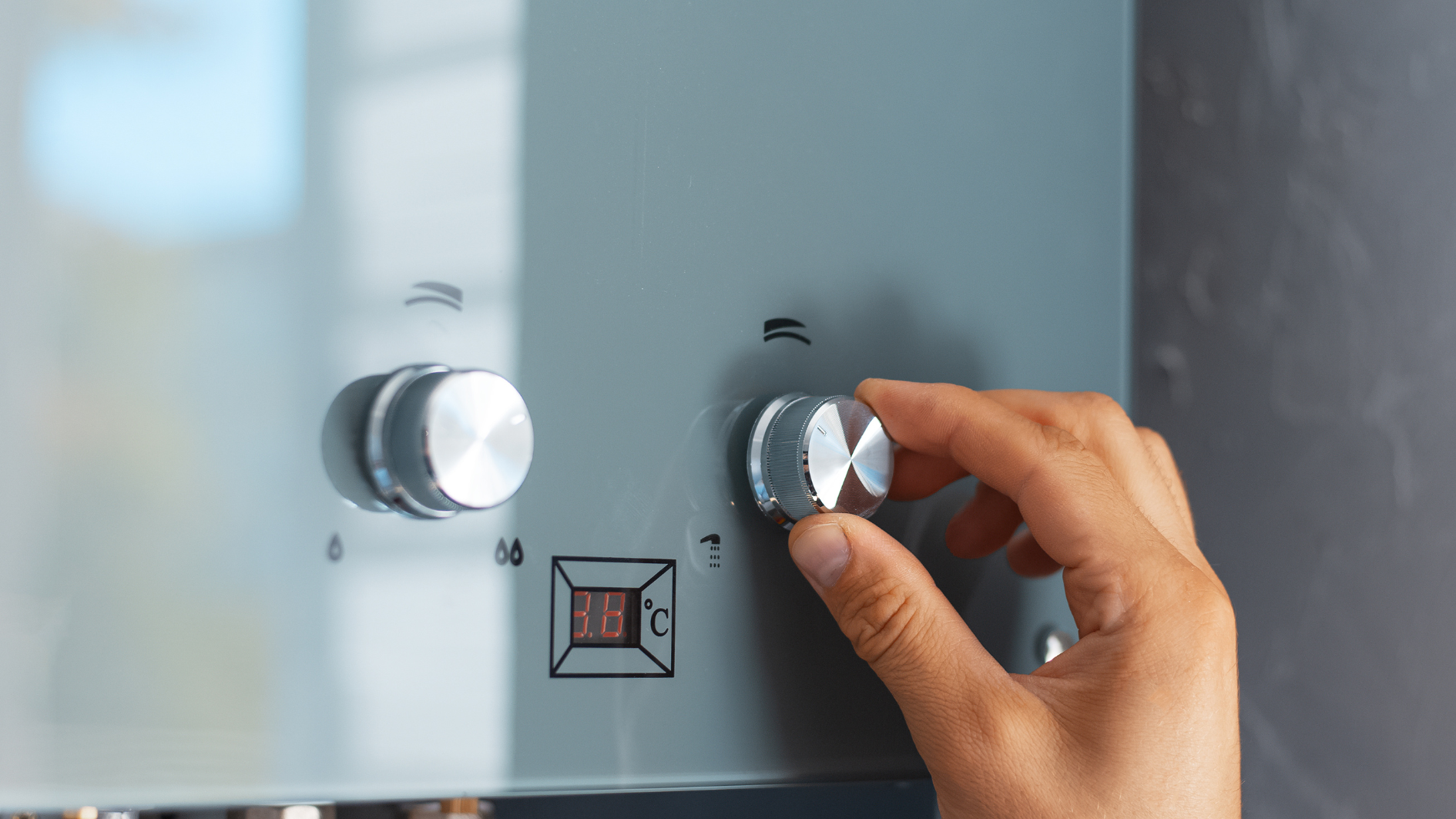
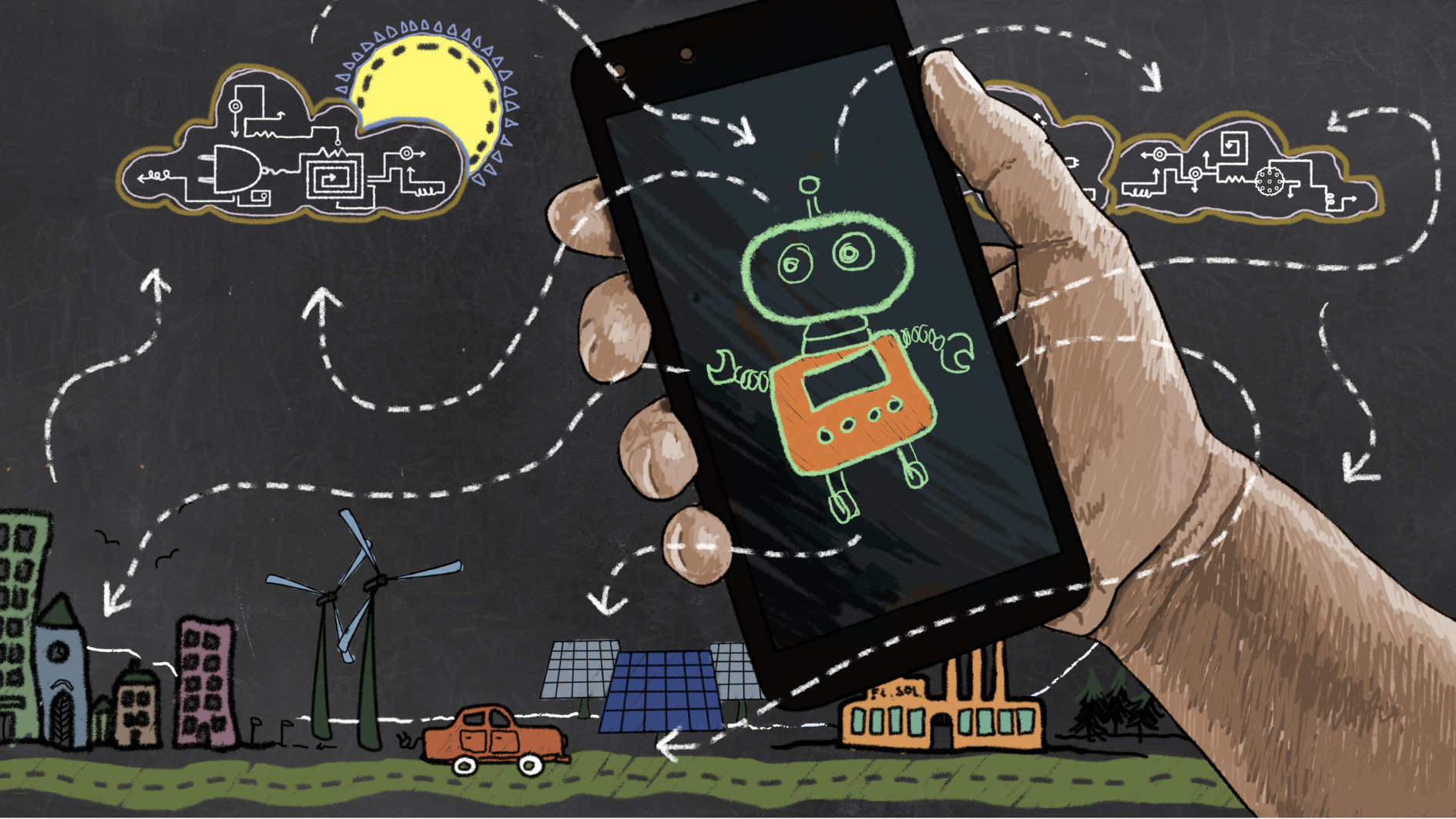

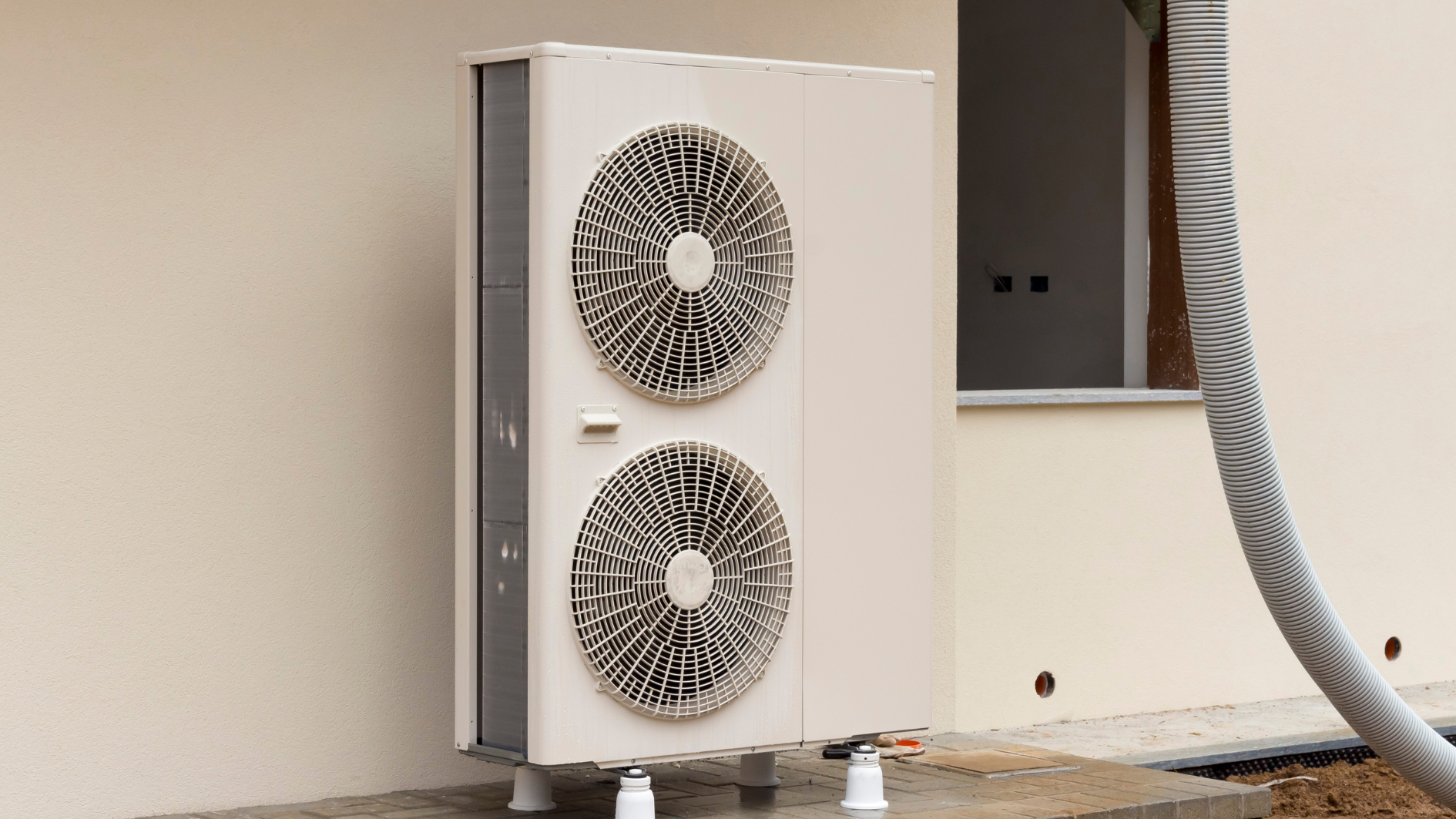
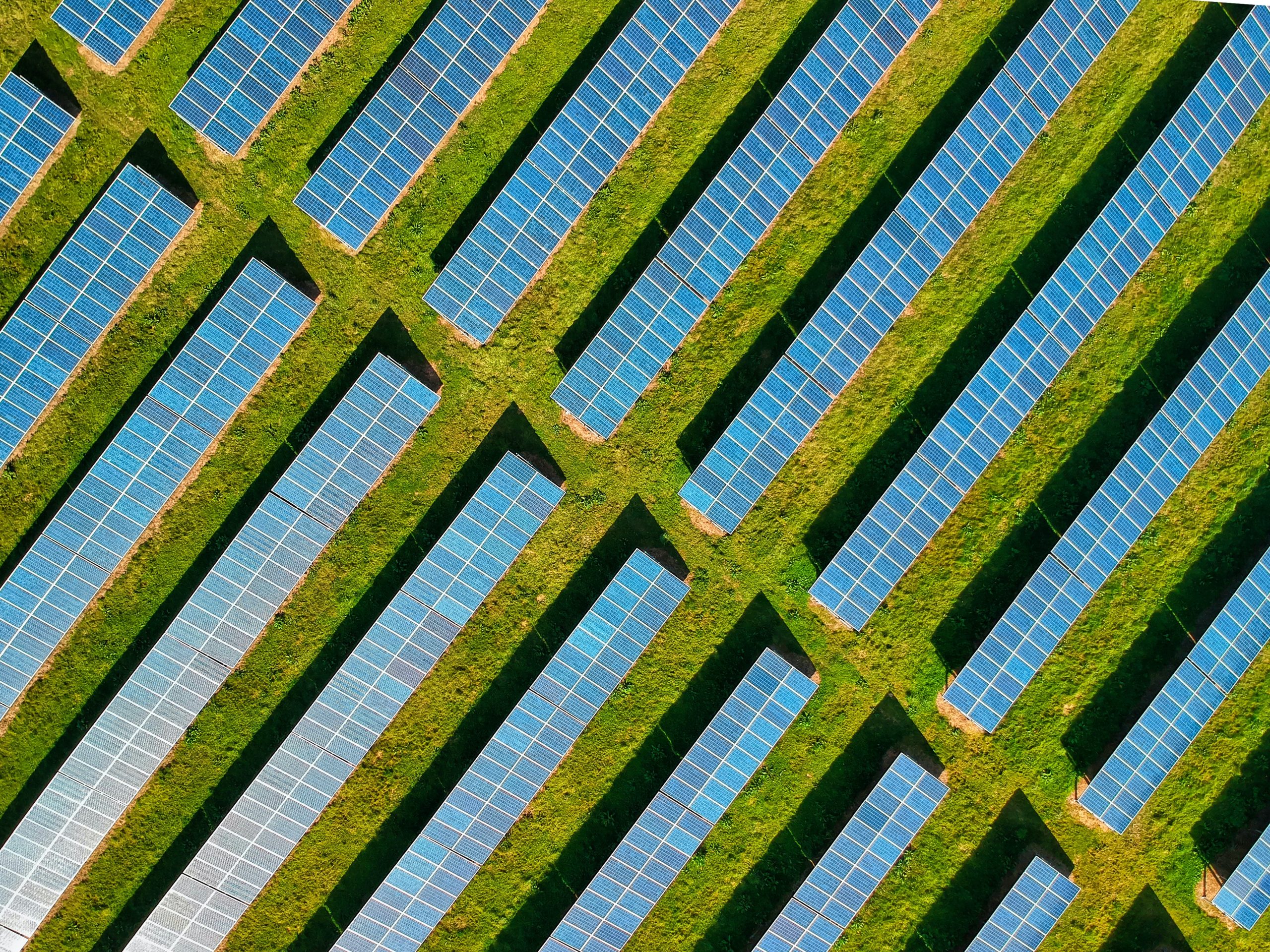

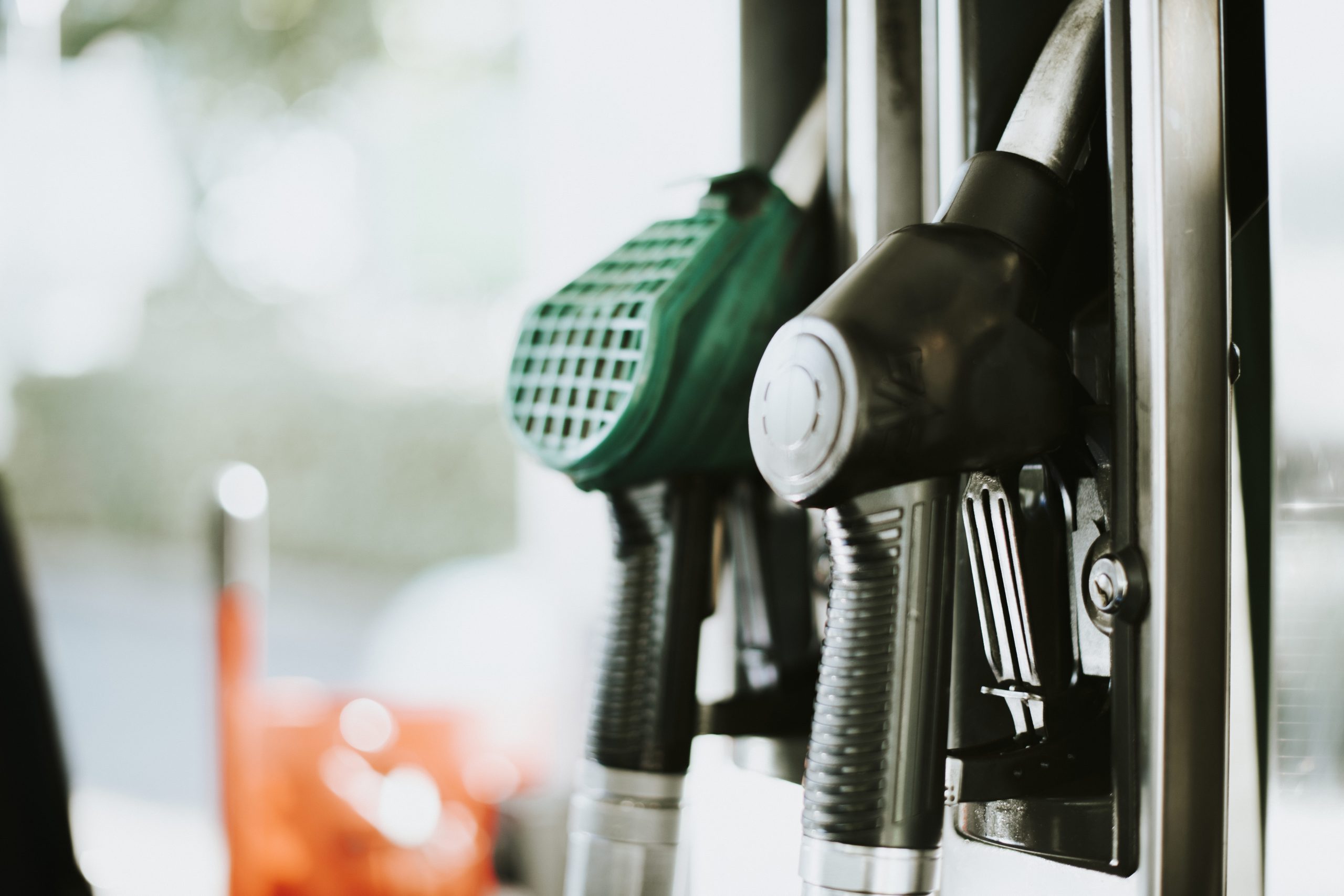

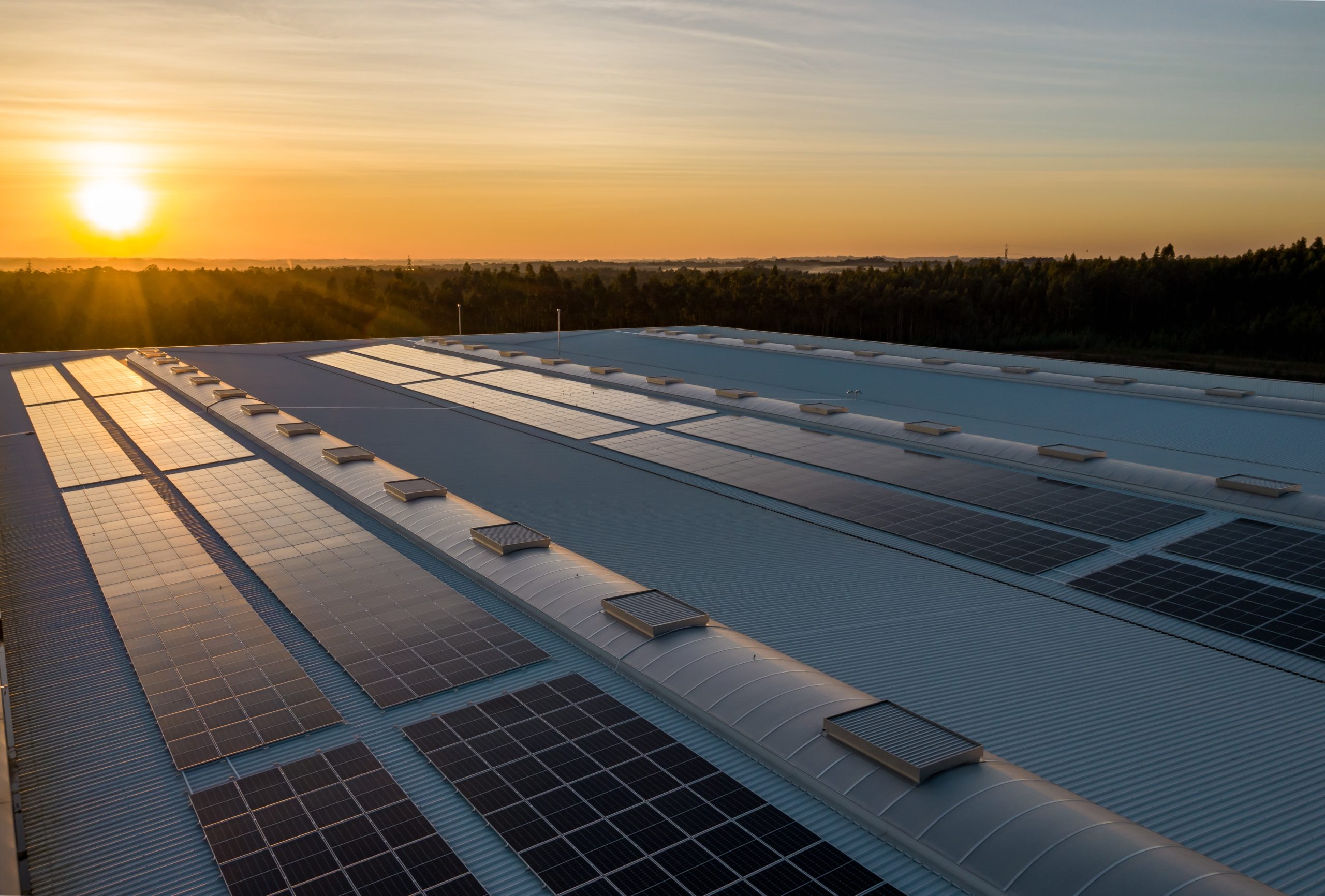

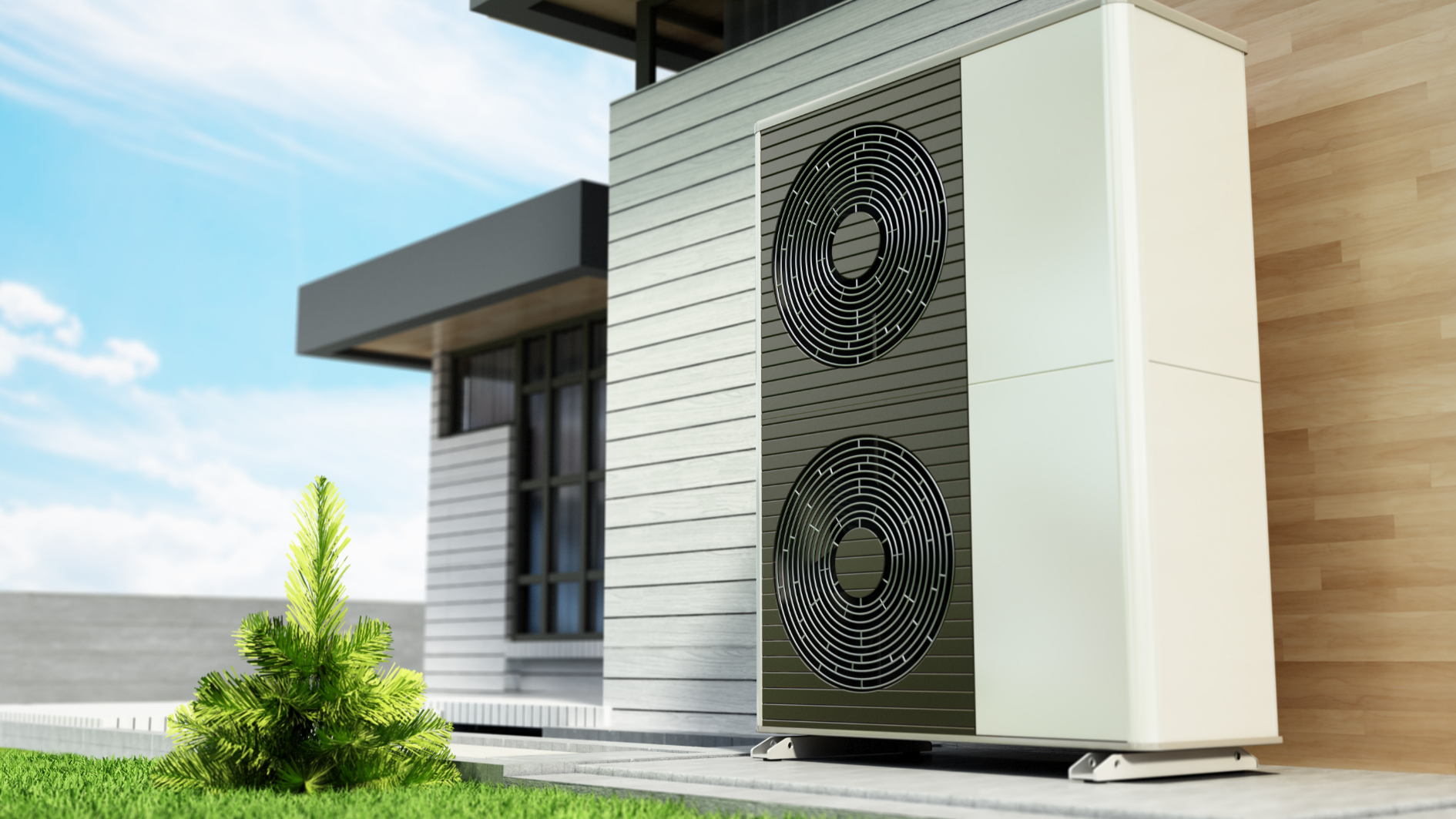
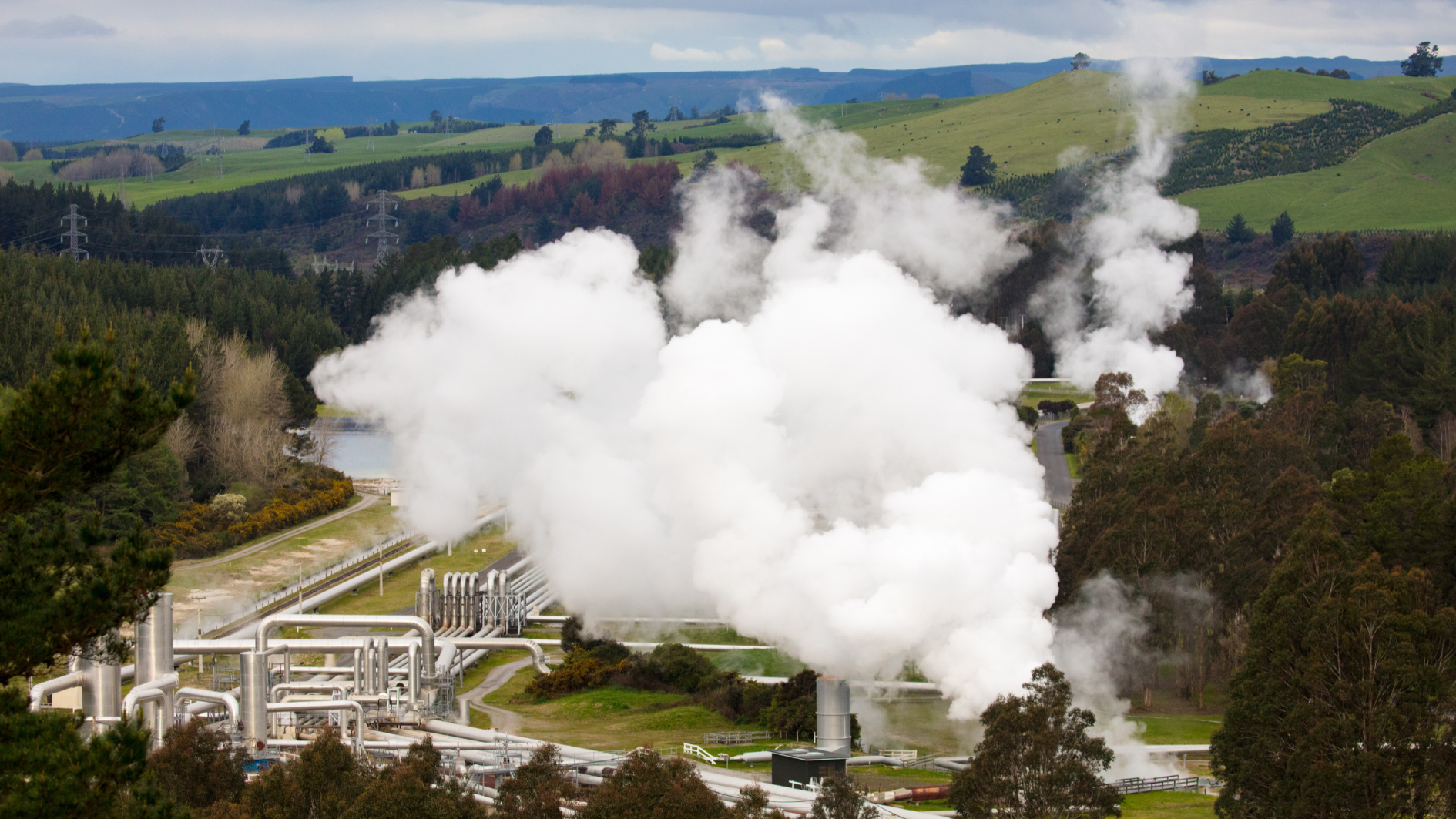

 Subscribe to newsletter
Subscribe to newsletter 

